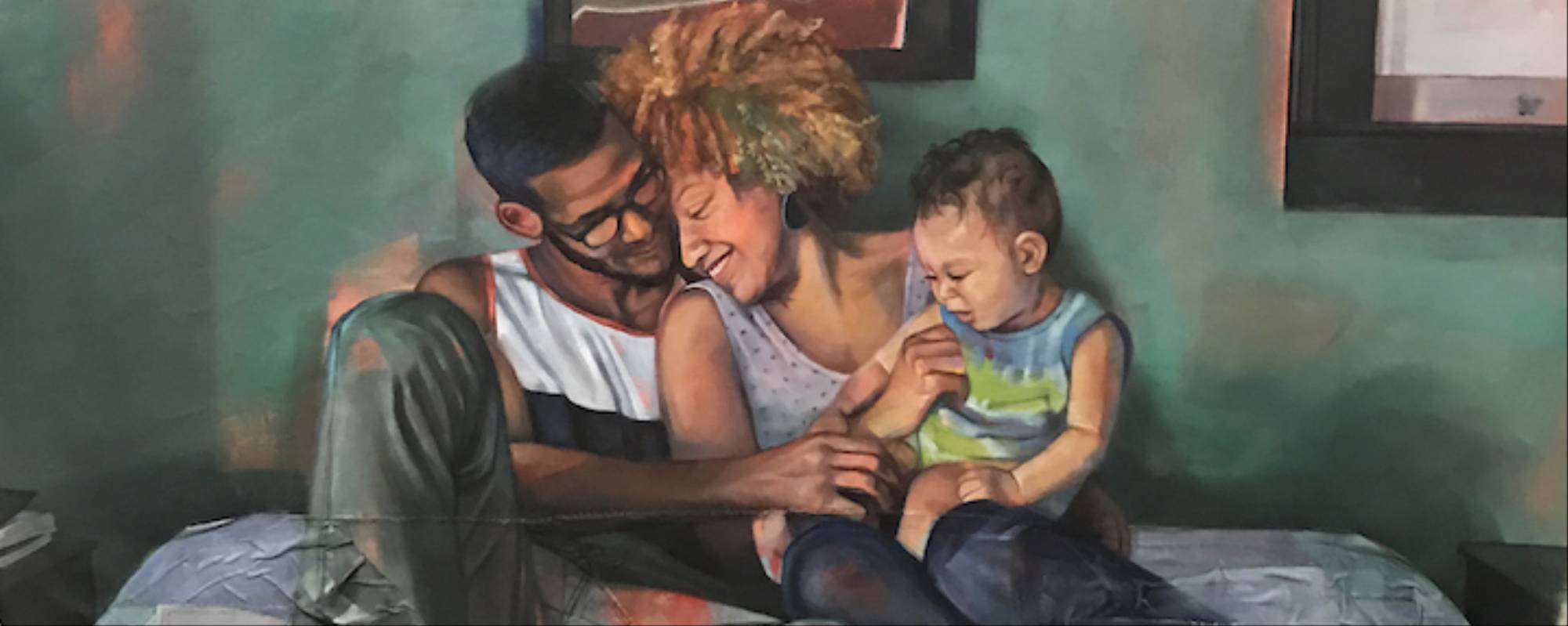Chi-chi’s classic tale of real talentPosted in Articles, Arts, Media Archive, United Kingdom on 2017-03-13 20:09Z by Steven |
Chi-chi’s classic tale of real talent
The Independent
2016-11-14
Julia Molony
Irish-Nigerian double bass player Chi-chi Nwanoku has been breaking down barriers all her life. She tells our reporter about her remarkable childhood and career
The home of classical musician Chi-chi Nwanoku offers a glimpse into the mind of a person driven to the greatest heights of excellence in their field.
For one thing, it is immaculate. “I’m fastidious,” she admits, miming obsessive wiping of kitchen surfaces. She is also, “a very literal person. If someone says ‘play that staccato’, you won’t hear it played shorter.” Then, of course, there is her double bass in the front room – the oversized instrument, “a man’s instrument” as she was told when she started out, seeming cartoon-ish here, despite the tall ceilings of her elegant Victorian semi-detached house.
After you have taken in Nwanoku’s jaunty, jewel-coloured afro, and the surprise of her bright turquoise eyes, the most striking thing about her is her energy. She is, she says, only five feet tall. But she is a woman clearly driven by a relentless, indefatigable energy…
…She was born in Fulham, London, the eldest daughter of an Irish nurse and Nigerian medical student. Mixed race couples were an anomaly at the time and her parents faced enormous prejudice, both from society and closer to home, within their extended family. They were economic migrants to the capital of the British Empire at a time when landlords routinely posted signs reading “no blacks, no Irish, no dogs.” But her parents’ love flourished and endured for 50 years until they died. It was through witnessing her parents’ bond, that Chi-chi’s own iconoclasm was formed….
Read the entire article here.


